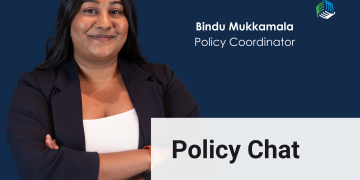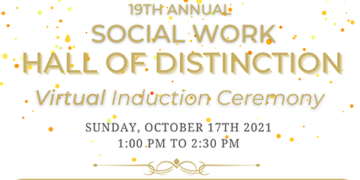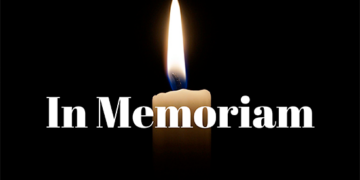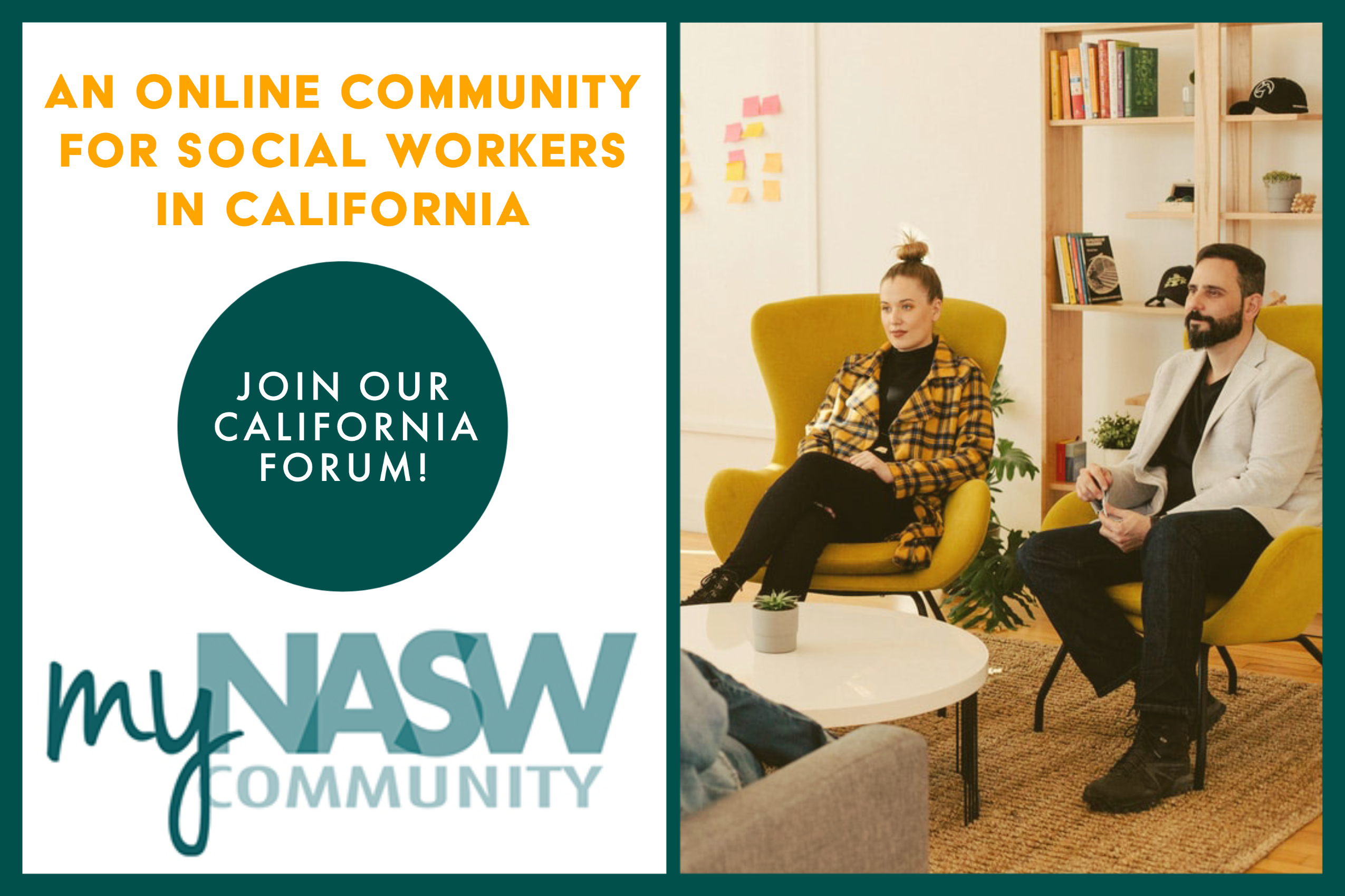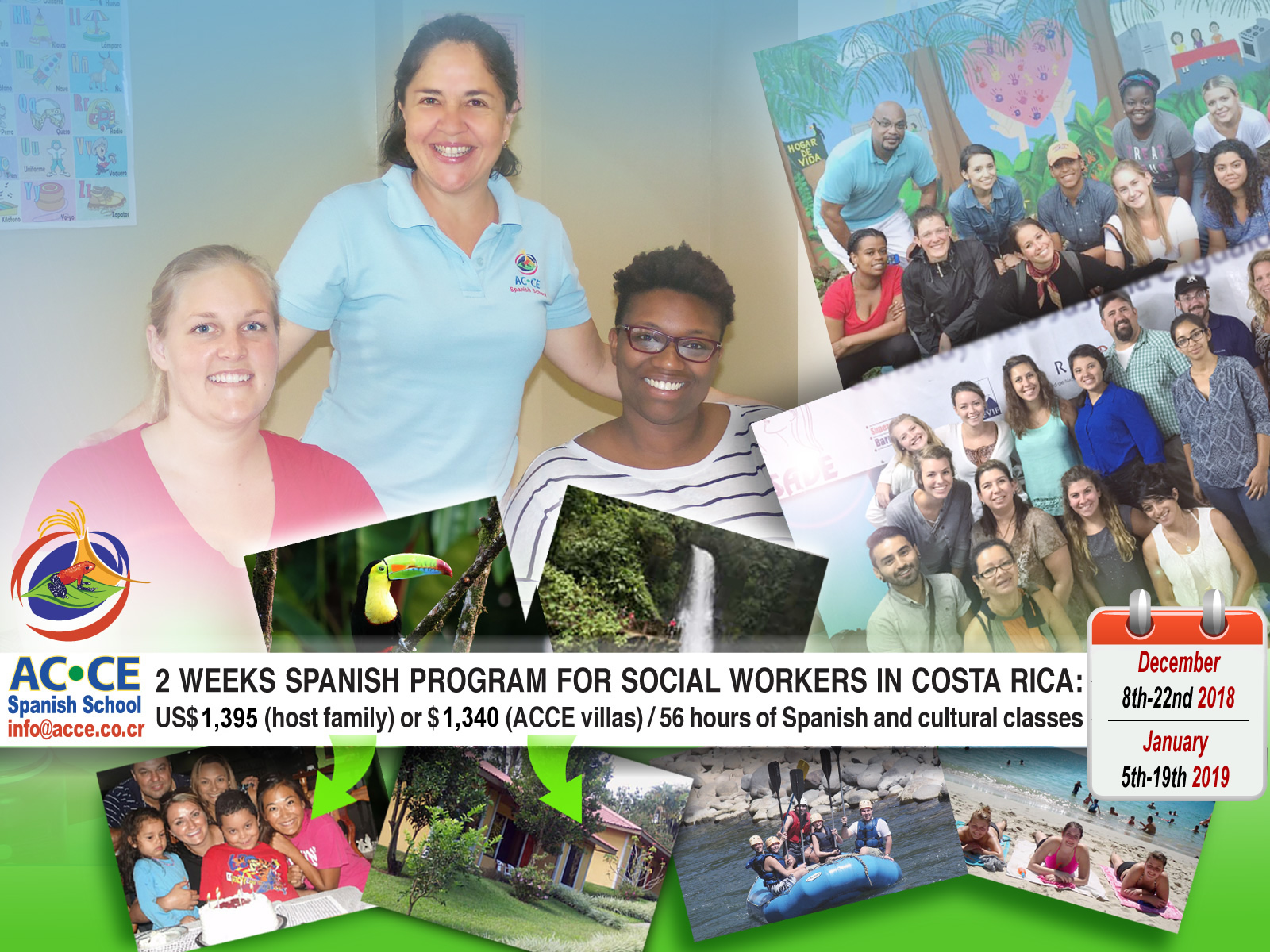One of the most drastic and difficult things that can happen to a child or adolescent is going to jail. To make matters worse, all possible hope is completely removed from a minor when they are sent not just to juvenile hall, but sentenced to live in prison for the rest of their lives.
A life sentence with no possibility of parole is a punishment that removes an individual from social interaction permanently (Butler, 2010). Life sentences conflict with international laws that prohibit minors from being sentenced to life (Butler, 2010). Regardless of these international laws, the United States continues to sentence minors. As a result, life sentences leave no alternative opinions for rehabilitation and recovery.
Adolescence provides opportunities to move into positive adult roles, while at the same time potential vulnerabilities may cause developmental trajectories to take adverse paths (Iselin, et al., 2009). During adolescence the many changes do not always prepare minors to make the best choices. A minor who makes a wrong choice must learn that there are consequences to mistakes and one must receive discipline to help correct those behaviors, especially at an early age. Adolescents who have broken laws must not be disciplined as adults. Some type of assessment of different areas such as environment, family, mental health and other factors is needed to find an effective way for discipline to make them a better person.
What do people have to say who have been in the same place as these children? A male in prison for some time who rehabilitated and changed his life around was interviewed. The individual was glad to share his personal experience and provide recommendations on what can help these minors who end up in juvenile hall.
“The problem with a youth in prison is not about what they did; there is more than what they did and it is important to go to the root of the problem” (Personal communication, April 23, 2014).
“It is the environment these young people are influenced by like dysfunctional families and other problems” (Personal communication, April 23, 2014). “A lot of these kids in juvenile hall are involved in gangs, and if only they knew these gangs are not going to take them anywhere. As you know these kids are looking for some kind of love and acceptance. In reality these kids in jails have had childhood traumas, abuse and are frustrated. These kids need good psychologists.”
“There really is no magic to change a person. What can be done is trying different things. There is a great need for different programs. While these kids are in jail, it is also an opportunity to have different activities or programs for them to get involved. All these kids also need good therapists to help them with those issues that have caused them to end up in jail. There needs to be programs where these kids can rehabilitate because many of these kids have addictions. Now that I am the director of a rehabilitation center where I have worked with youth and adults, I have seen how one must try different things to find what an individual is interested in. For example, I remember I had a difficult teenager that refused to do anything and I happened to think of opening a mini gym for him at the center. Surprisingly it worked and sometime after he left the rehabilitation center I ran into the kid at a store and was able to see how he has transformed his life and is now a different person” (Personal communication, April 23, 2014).
“People can change. In my personal experience it has been a healing process where every day I am working toward being well. In order to avoid them getting into juvenile hall, it is important to have different programs for children where they can get involved depending on their interest” (Personal communication, April 23, 2014).
“Another opinion I have from my experience being incarcerated and working at the rehabilitation center — I do not think it is a good idea to mix the children in juvenile hall. It is important to separate them by age in order to avoid the younger ones from learning wrong things” (Personal communication, April 23, 2014). “Anything that can be tried as an alternative instead of having long sentences or life sentences for these kids is helpful. Many of these children — their issues is not what they did but what has happened in their life, their environment and many other things. As you hear in the news there are a lot of mental health issues and so many of these kids need good mental health programs to help them deal with the real issues.” (Personal communication, April 23, 2014).
According to Butler (2010) about 6,800 people are serving life sentences for crimes committed when they were juveniles. Often important factors are not taken into consideration when sentencing minors. In the study where 11 males in prison for life were interviewed, nine reported having been raised by a single parent; they came from traumatic home environments, experienced major poverty issues, and five ran away from home in their early teen years (Butler, 2010). Four individuals discussed serious mental illness with multiple suicide attempts and inpatient hospitalizations for mental illness (Butler, 2010).
Despite forward steps, such as SB 9, for a more comprehensive way of sentencing those who have broken laws, there is still much to change and improve in our legal system. SB 9 became a law in California in 2013. It gives most people who committed a crime when they were under the age of 18 and were sentenced without parole a second chance to have a hearing and obtain a new sentence (Fair Sentencing for Youth, 2014).
Before children even get to the jails there should be preventive programs. Children, especially those living in poverty, should have access and opportunity to programs that can keep them from breaking the law and ending up at juvenile hall. Mental health services should be available for children who may not be mentally stable enough to make good choices, to help prevent them from breaking the law.
Taide Mier is an MSW student at Cal State, Long Beach and can be reached at Taide.Mier@student.csulb.edu.
REFERENCES
Butler, F. (2010). Extinguishing All Hope: Life-Without-Parole for Juveniles. Journal of Offender Rehabilitation, 49(4), 273-292. doi:10.1080/10509671003716035
Iselin, A. R., DeCoster, J., & Salekin, R. T. (2009). Maturity in adolescent and young adult offenders: The role of cognitive control. Law and Human Behavior, 33(6), 455-469. doi:10.1007/s10979-008-9160-x
Fair Sentencing Youth (2014). Senate Bill 9 – California Fair Sentencing for youth. Retrieved from http://fairsentencingforyouth.org/legislation/senate-bill-9-california-fair-sentencing-for-youth/.


